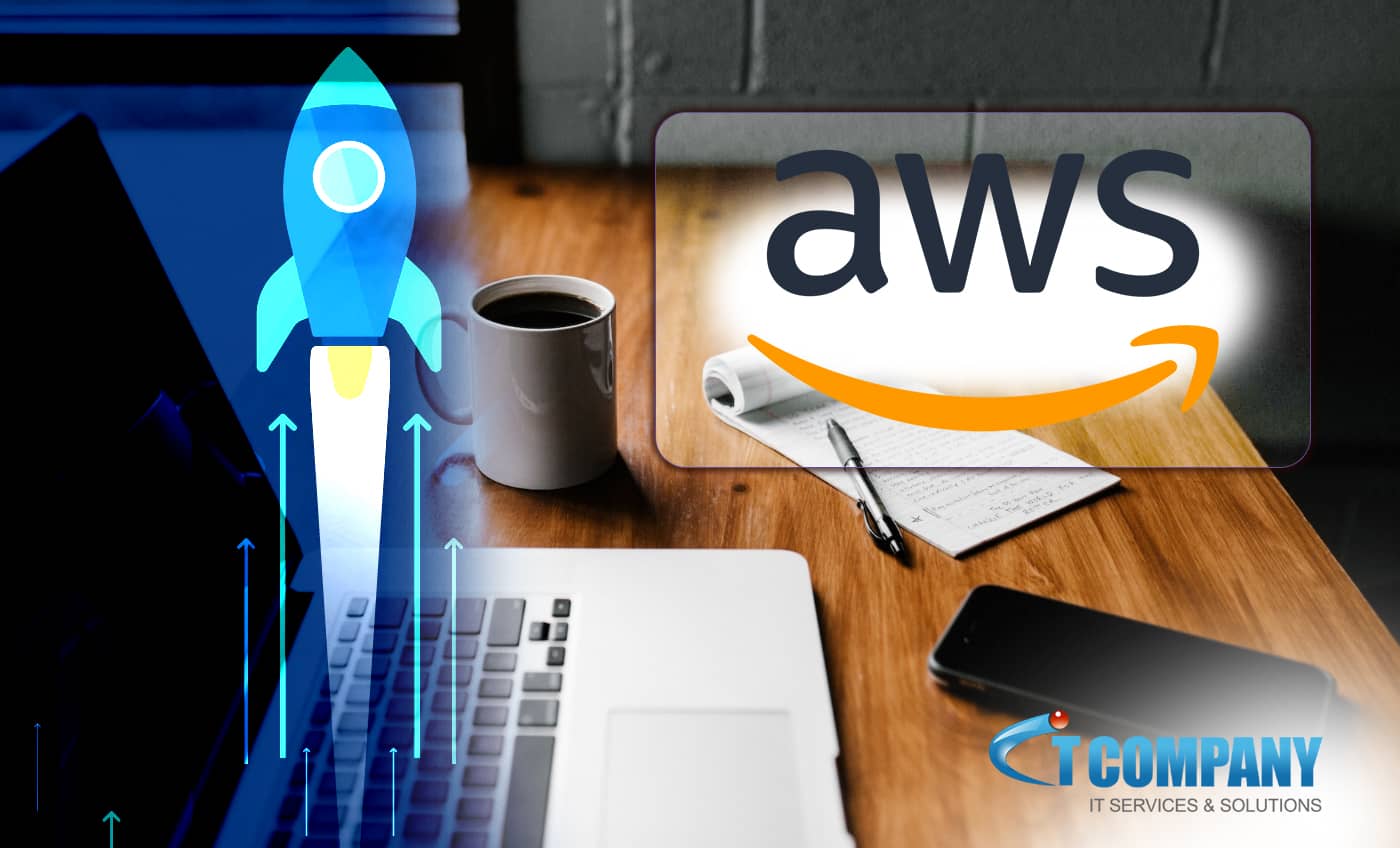In today’s technology-driven world, you may find yourself at a crossroads: should you rely on an in-house IT team or outsource your IT needs to a Managed Service Provider (MSP)? Each option has its own set of advantages and considerations, and the best choice depends on your specific needs and circumstances. In this blog, we’ll explore the key differences between managed IT services and in-house IT, helping you determine which is right for your business.
1. Cost Considerations
In-House IT:
- Salaries and Benefits: Hiring and maintaining an in-house IT team can be expensive. Salaries for experienced IT professionals are high, and you also need to consider benefits, training, and ongoing professional development.
- Infrastructure Costs: You’ll need to invest in office space, hardware, software, and other infrastructure required to support your IT team.
Managed IT Services:
- Predictable Costs: MSPs typically offer fixed monthly fees, making it easier to budget for IT expenses. This can be more cost-effective, especially for small to medium-sized businesses.
- Reduced Overheads: By outsourcing, you eliminate the need for significant capital investment in IT infrastructure and reduce overhead costs associated with in-house employees.
2. Expertise and Skill Set
In-House IT:
- Specialized Knowledge: An in-house team will have a deep understanding of your company’s specific IT environment and business processes.
- Control: You have direct control over your IT staff, which can be advantageous for managing day-to-day operations and aligning IT goals with business objectives.
Managed IT Services:
- Broad Expertise: MSPs bring a wide range of expertise and experience from working with various clients and industries. They stay updated with the latest technology trends and best practices.
- Access to Specialists: MSPs often have specialists in areas like cybersecurity, cloud computing, and data management, providing access to skills that may be hard to find or afford in-house.
3. Scalability and Flexibility
In-House IT:
- Limited Scalability: Scaling your in-house IT team up or down can be challenging and time-consuming, requiring hiring or layoffs, which can be disruptive.
- Fixed Capacity: Your in-house team’s capacity is fixed, which may limit your ability to handle sudden increases in workload or large projects.
Managed IT Services:
- Scalable Solutions: MSPs offer flexible and scalable services that can grow with your business. You can easily adjust the level of service based on your needs without the hassle of hiring new staff.
- Rapid Deployment: MSPs can quickly deploy additional resources to manage peak loads, new projects, or unexpected challenges.
4. Security and Compliance
In-House IT:
- Direct Oversight: Having an in-house team allows for direct oversight of security protocols and compliance measures.
- Resource Intensive: Ensuring robust security and compliance can be resource-intensive, requiring ongoing training and investment in security tools.
Managed IT Services:
- Advanced Security: MSPs invest heavily in the latest security technologies and practices, often providing higher levels of protection than an in-house team.
- Compliance Support: MSPs are familiar with various regulatory requirements and can help ensure your business remains compliant with industry standards like GDPR, HIPAA, or CCPA.
5. Focus on Core Business Activities
In-House IT:
- Time-Consuming Management: Managing an in-house IT team can be time-consuming, diverting attention from core business activities and strategic goals.
- Internal Conflicts: IT issues can sometimes lead to internal conflicts, affecting overall productivity and morale.
Managed IT Services:
- Focus on Core Competencies: Outsourcing IT allows your business to focus on its core competencies, leaving IT management to the experts.
- Improved Efficiency: With an MSP handling IT operations, your staff can concentrate on strategic initiatives that drive business growth.

Conclusion
Choosing between managed IT services and in-house IT depends on your business’s unique needs, budget, and long-term goals. In-house IT may be suitable for larger organizations with specific requirements and the resources to support a dedicated team. On the other hand, managed IT services offer cost-effective, scalable, and specialized solutions that can benefit businesses of all sizes, particularly small to medium-sized enterprises.
By carefully evaluating the pros and cons of each option, you can make an informed decision that aligns with your business strategy and ensures a robust, secure, and efficient IT infrastructure. If you’re considering outsourcing your IT needs, partnering with a reputable MSP can provide the expertise, flexibility, and peace of mind you need to stay competitive in today’s fast-paced digital landscape.


















